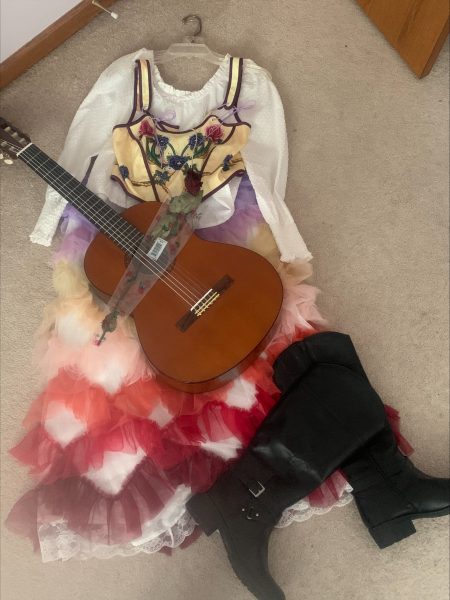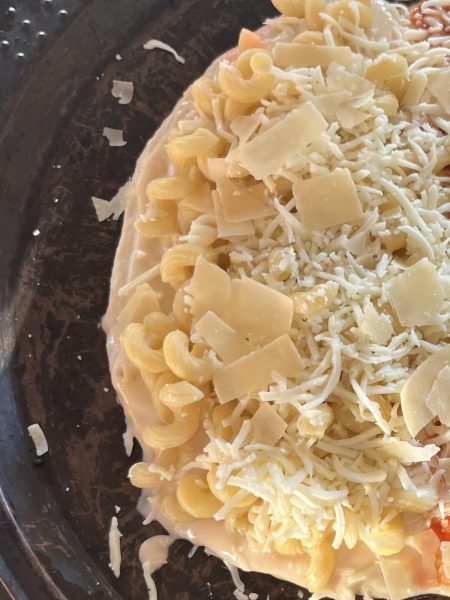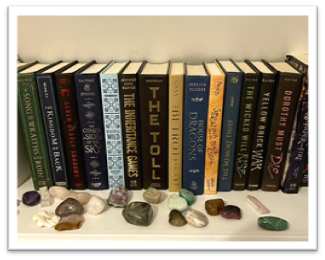Frescoes of the Italian Renaissance
October 12, 2022
The Renaissance movement in Europe, specifically in Italy, is deeply intertwined with the process of fresco paintings. When the fourteenth century hit, the once well-spread artistic techniques such as mosaic were rapidly changing. The steps in which these wall paintings were established were strenuous and required an immense amount of motivation. Initially, the arriccio, or the first layer of plaster, was placed. Then an underdrawing of the piece was quickly sketched, better known as the sinopia. Upon that, a wet patch of plaster, the intonaco, was stuck on top of the sketch, beginning the main portions of the work. The pigment would be applied directly to the damp plaster, producing a stable surface that couldn’t be erased. The artist worked extremely fast. As to not overwhelm, separate small amounts of plaster would be laid to finish in one day. Fresco paintings traditionally started toward the ceiling, while the joint lines between the plastered portions could be seen. This stylistic choice was a cheaper, stronger alternative to other mediums of art during this period. Though the medium was present during medieval times, as seen in Giotto di Bondonne’s work in the Scrovegni Chapel, it dramatically boomed when the rebirth occurred shortly after.






